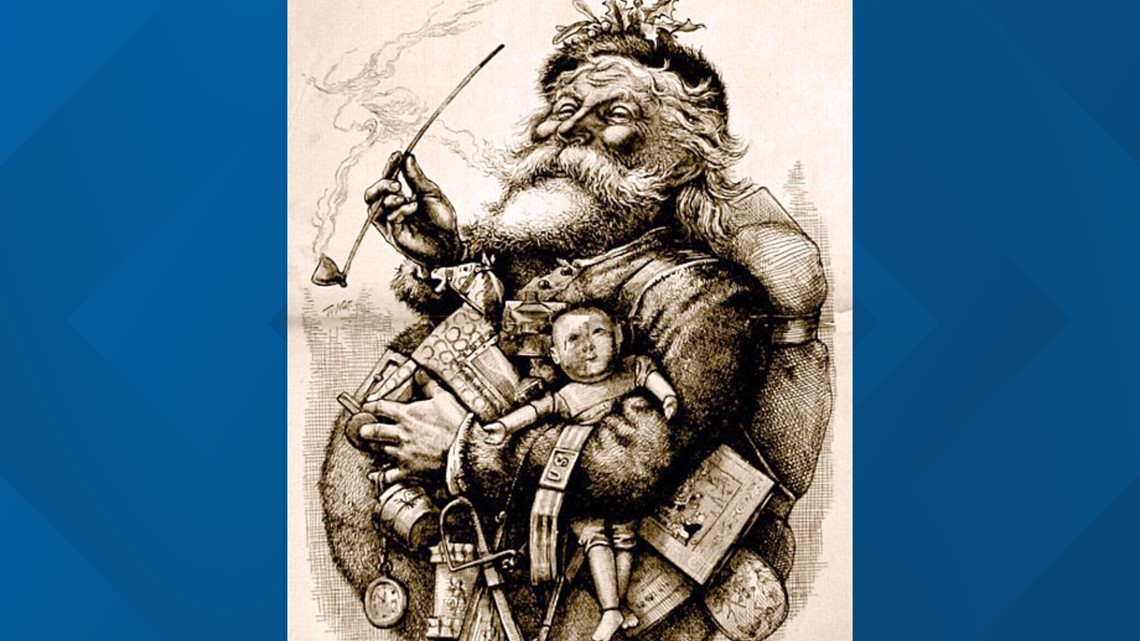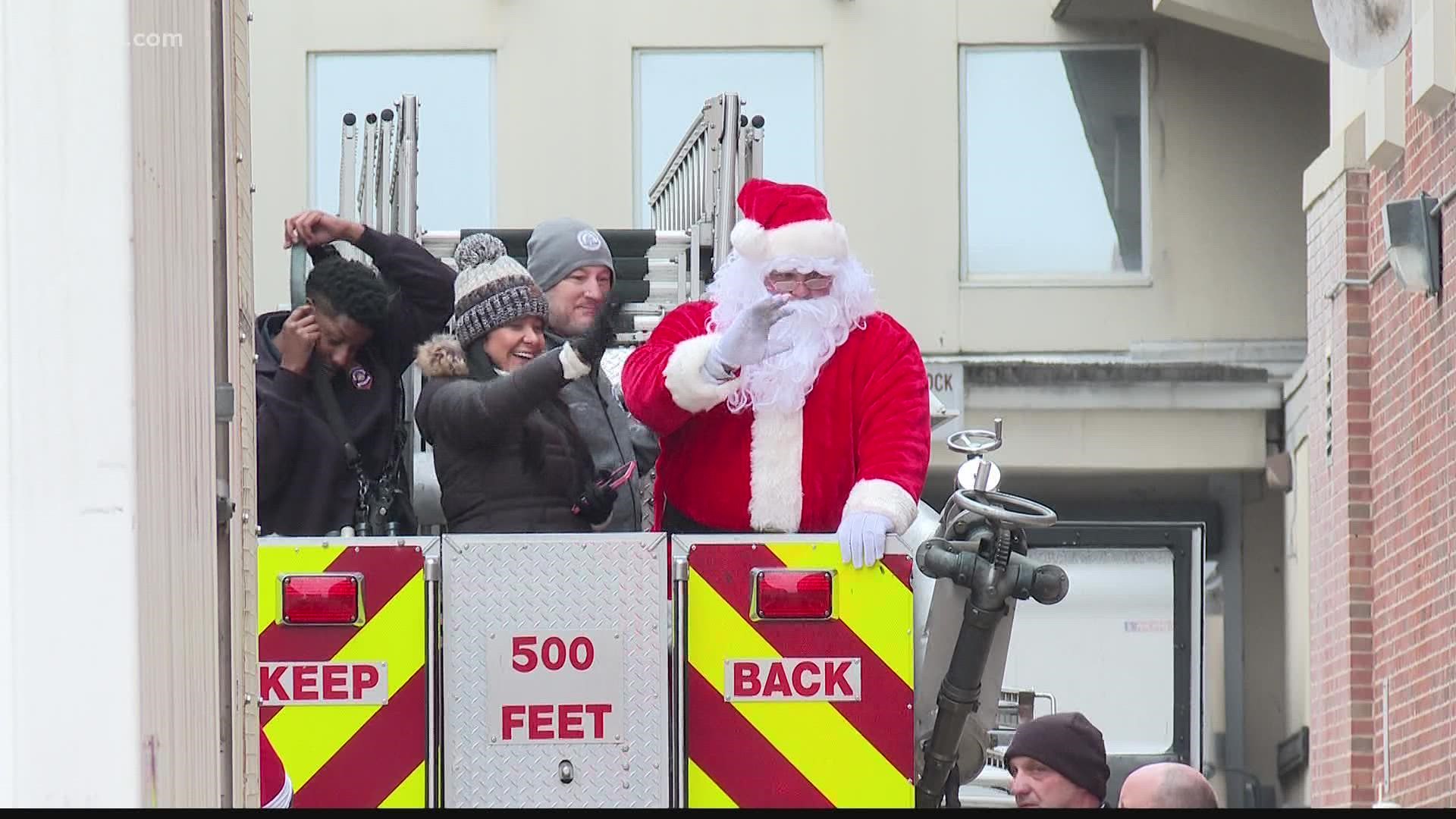MACON, Ga. — Santa Claus is the most famous figure of Christmas - but how did his fame come to be exactly?
While the legend of Saint Nick dates back to ancient times in A.D., the image and depiction of Santa as we know it has strange origins, dating back to a civil war era political cartoon.
The legend of Saint Nicholas
The beginnings of the legend of saint Nick date back to a monk named St. Nicholas.
It is speculated that he was born sometime around 280 A.D. in Patara, which is near modern day Turkey.
St. Nicholas was just what his name implies - a saint.
He was known for his kindness and religious virtue, as well as his willingness to travel far and wide to help the sick and the poor.
He gave up all his wealth and worldly possessions and vowed to help people.
Stories of his generosity swept the area, and one of the most popular surviving tales recalls the time where he helped three sisters escape being sold into slavery by offering to pay their dowry so they could marry.
His legend grew to be very large over the years, and after his death, a feast day was named in his honor that took place on December 6.
By the time of the renaissance period, St. Nicholas was the most popular patron saint in Europe.
However, the legend of St. Nicholas didn't begin to make his way into popular American culture until the 18th century.
In December of 1773 and 74, New York papers began to report that some Dutch families were gathering to remember his death.
The name Santa Claus came from the Dutch nickname for the saint: Sinter Klaas.
Some years later in 1809, Washington Irving helped popularize the Sinter Klaas stories when he talked about St. Nicholas in his book, The History of New York.
As stores began to advertise Christmas shopping around 1820, as Saint Nick's legend became increasingly popular.
By the 1840's, separate sections of advertising were being carved out just for Christmas marketing. In 1841, folks flocked to a mall in Philadelphia to see a life size Santa model.
This attracted lots of tourist attention, and soon the Salvation Army saw window of opportunity.
They needed donations for their organization, and soon they began dressing unemployed men in Santa Suits to solicit donations.
This is where the birth of the 'mall Santa' arose, as well as the idea of dressing as the patron saint.
The image of Santa we see today
Everyone knows him today by his iconic look - a red suit with fleece trimmings, a stocking cap with a pom-pom at the end, rosy cheeks, and of course a bag full of toys.
However, the 'man with the bag' didn't always have an iconic look. It wasn't until the 1860's when political cartoonist Thomas Nast decided to draw him that he became the character we see today.
The Christmas icon actually appeared in print for the first time a month after the holiday, on January 3, 1863.
A popular magazine at the time, Harper's Weekly, decided to print two of Nast's political cartoons, each inspiring the look of Santa.
One picture featured Nast's version of Santa distributing presents in a Union army camp. However, to prevent people from thinking that Santa chose a side during the civil war, Nast dressed him in a suit of stars and stripes.
He is holding a toy puppet in his hands with a rope around its neck, and many people believed this to be a depiction of a Confederate leader, particularly a depiction of Jefferson Davis.
The second cartoon shows Santa in his sleigh, and then going down the chimney, like the classic legend says.
The top of the picture reads "Christmas eve" and shows a woman on her knees in prayer, and a sad looking soldier leaning against a tree.
Nast kept depicting Santa well throughout his political career, and in 1881, his most famous drawing of Santa, titled "Merry Old Santa Claus" went to print, and is the birth of the modern vision we see as Santa.
This cartoon showed everything - the rosy cheeks, suit, hat, bag of toys, and long pipe.


This was the real jumping off point for further depictions of the jolly old man, and is what led to Santa as we know it today.

